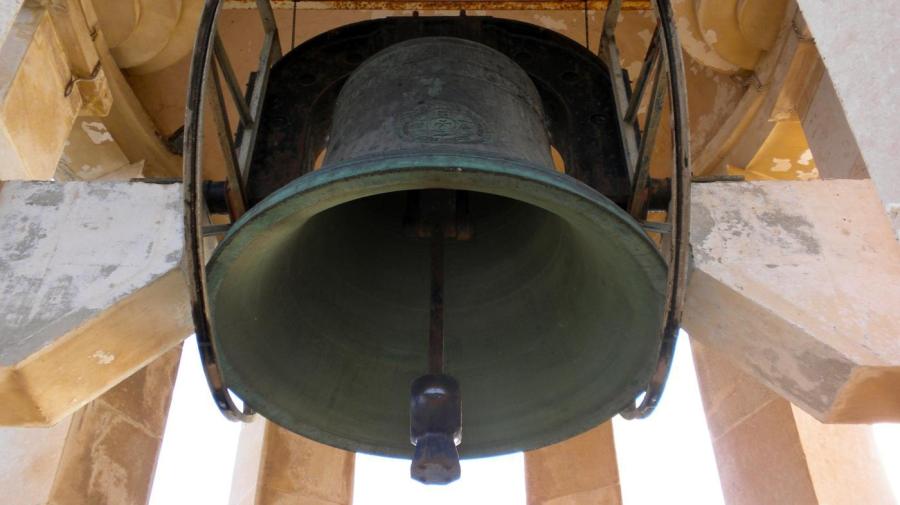How Does a Bell Make Sound?

As the clapper of the bell strikes its sides, it causes them to vibrate, setting up a disturbance in the equilibrium of the air surrounding the bell. This disturbance travels through the air in a wave form that humans know as sound.
Sound travels as a longitudinal wave. Sound energy moves by vibrating molecules. When a bell flexes away, it pulls in on the surrounding particles, creating a drop in pressure to pull more particles. Each molecule passes the vibration to the next between the bell and the hearer’s ear. However, if it were to be rung in space, where there is no air, the ringing bell would have no particles to move and thus would make no sound.
According to the National Park Service, the work of Gary Koopmann makes it possible to hear the sound of the Liberty Bell, last sounded in 1846, without causing further cracks in this historic artifact. Koopman and his students at Penn State have recreated the shape of the bell and its sounds using formulas and computer modeling. The Park Service believes the model to be accurate enough that it includes MP3 files of the unbroken and the cracked bell on its website.





